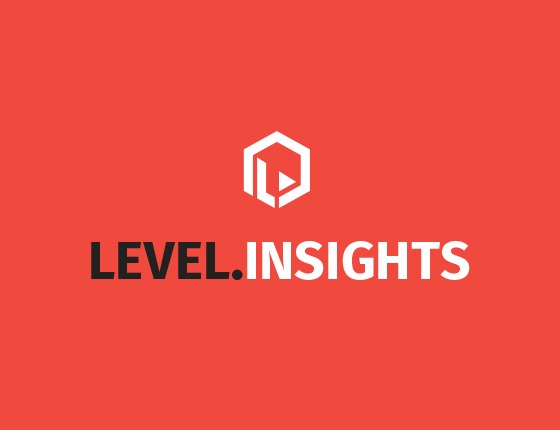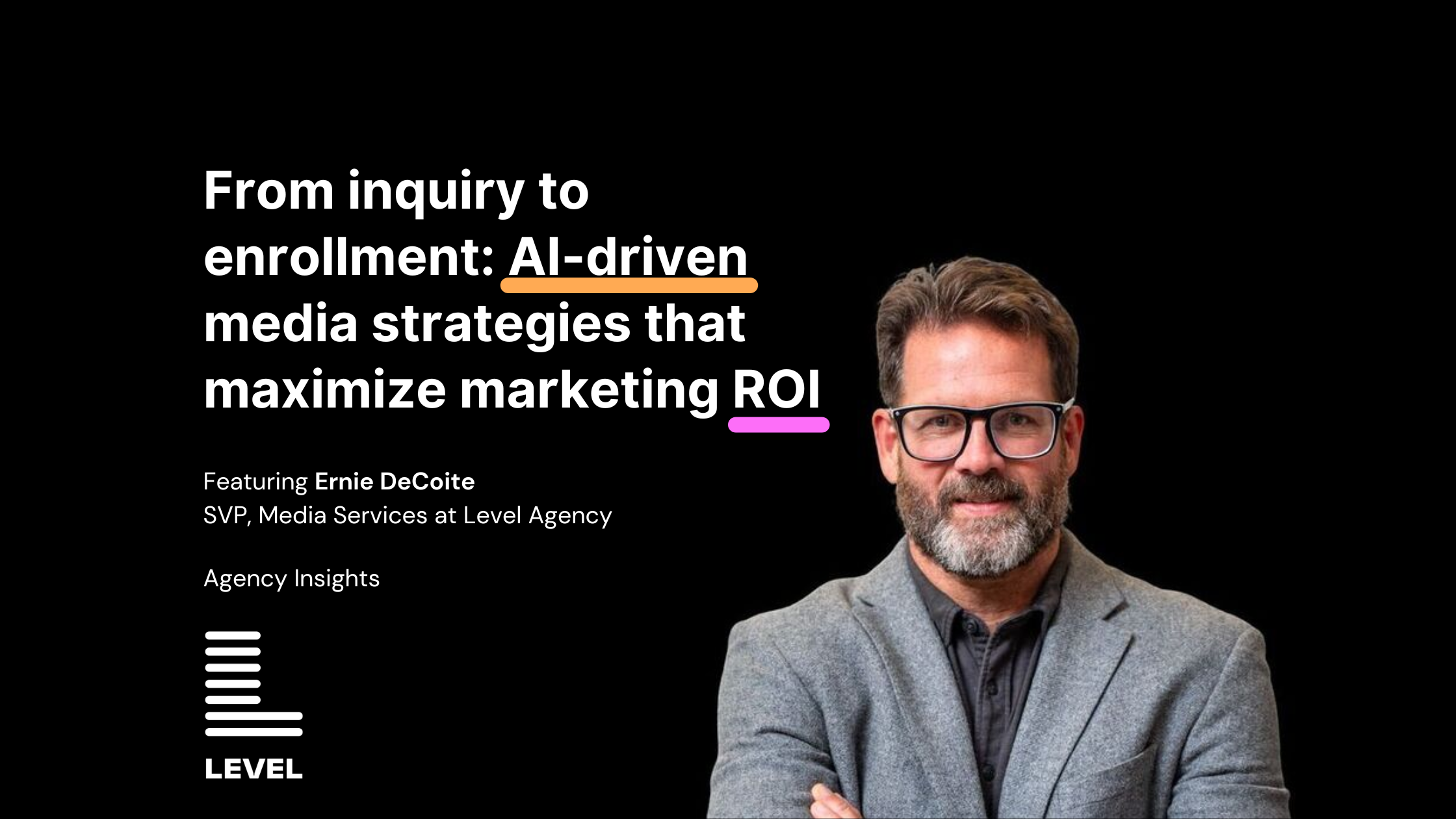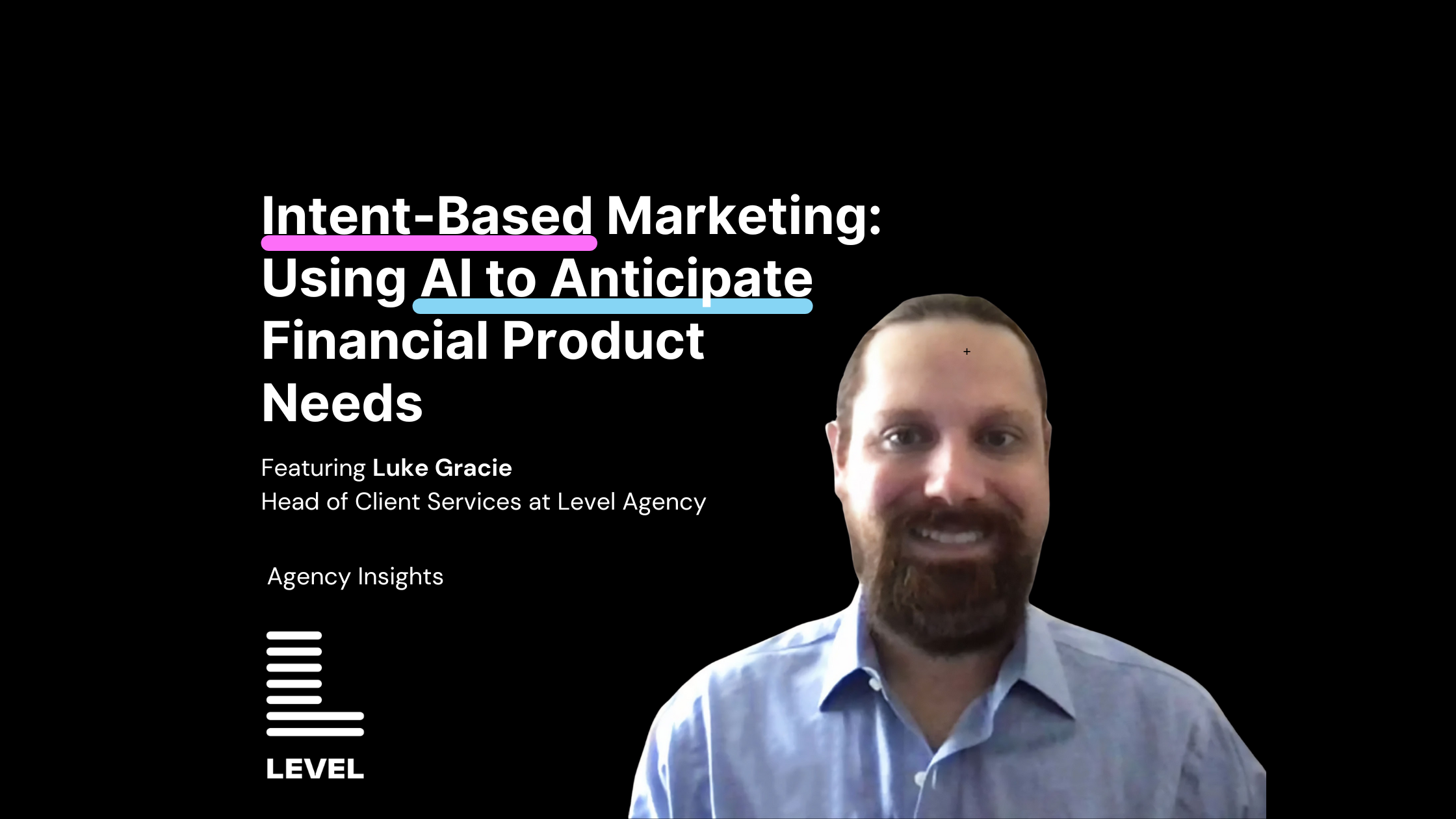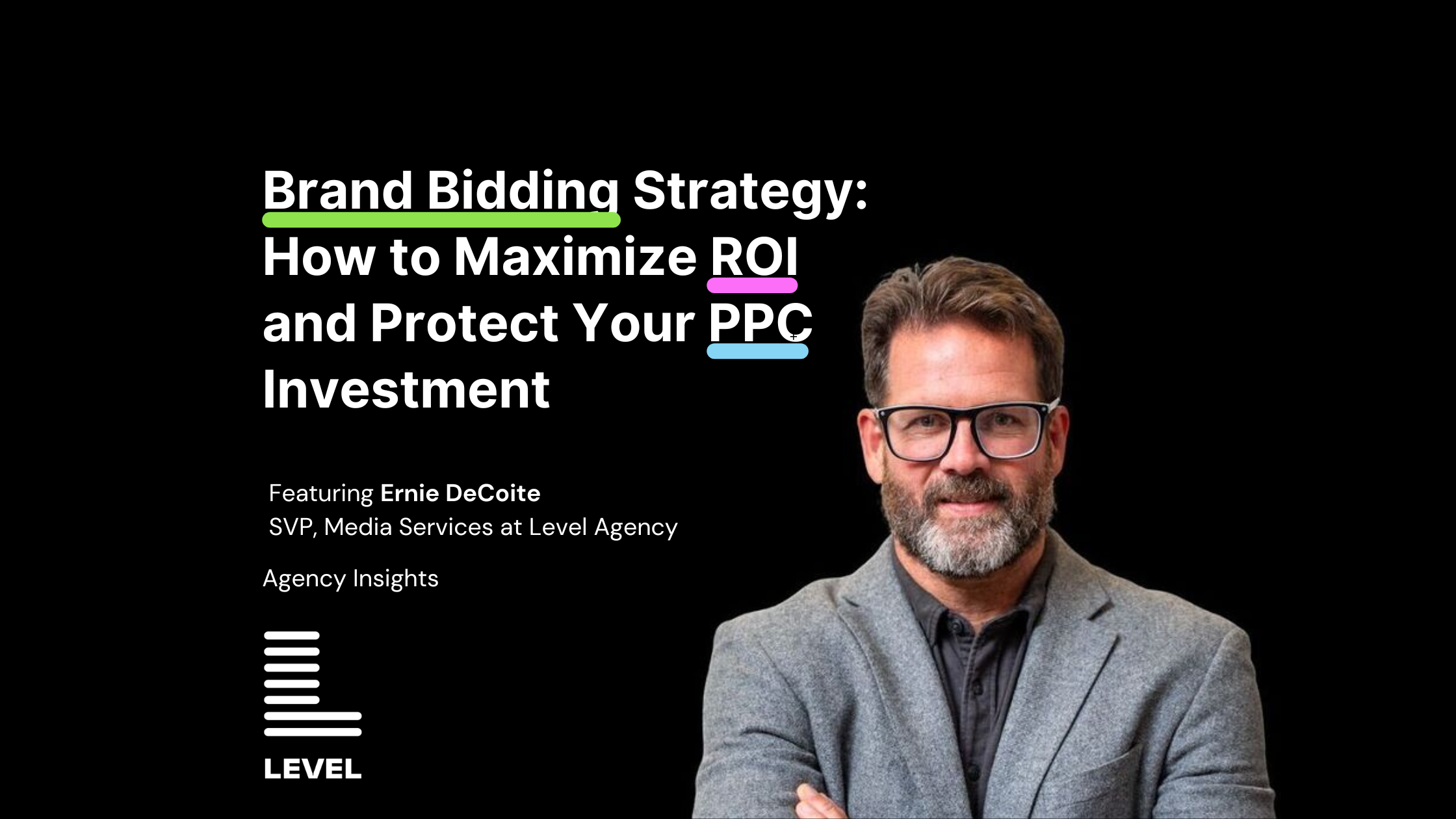Mobile Ads Need an Update. Programmatic Native Could Be the Answer.
Mobile ads should assimilate to their surroundings, not disrupt the user. From Think with Google:
“Programmatic buying allows advertisers to make native ads even more relevant. By leveraging machine learning and contextual signals, programmatic native ads can be tailored to both the user and the placement at scale, resulting in better performance for advertisers.”
Level Insight:
- Effective ads blend into their landscape. In this way, digital advertisers should take a cue from their traditional counterparts. TV advertisers long ago learned an essential truth in media scholarship: “The medium is the message”. To an extent, the medium in which it is delivered must dictate the form of the content; including copy, design, and any moving elements. Television is a medium of entertainment. That’s why television ads are not a straightforward presentation of product benefits, but narrative-driven micro-dramas.
- The mobile digital landscape is still in its formative years and advertising within its parameters is still learning to crawl. In the infancy of digital marketing, ads were like billboards meant to disrupt users browsing the native content they were seeking. As web users are shown more ads, they are growing wary; this is evidenced by the surging popularity of ad blockers.
- We talk a lot in the integrated, data-driven world of digital about cross-channel, cross-platform learnings. It’s time that we tactically employ cross-medium learnings from television advertisers to digital campaigns.
- Native programmatic offers a unique opportunity to take sophisticated data and understanding of a user’s purpose in visiting certain types of websites to craft display ads that operate seamlessly within the medium of that site.
The changing SERP: understanding and optimizing above and below the fold
Understanding what makes customers search drives rankings. From Search Engine Watch:
“What brands need to be paying even more attention to, however, is the increased emphasis by Google on the intent-focused SERP.”
Level Insight:
- Google has been analyzing specific word choices in search terms to understand which particular queries signify different intentions. Reverse-engineering this algorithm will inform keyword optimization so that advertisers can strategically place messages to searchers depending on their reasons for performing the query.
- Micro-moments, those often extemporaneous queries that lead to impulse clicks, are becoming more significant in Google SERPs. Advertisers and brands must have a more sophisticated understanding of every reason, and particular situation, that leads customers to search for their products and services.
- The intent focus also enables interesting possibilities for content marketing. The ultimate goal for any brand is a sale. But brands should think about driving customers that fall into all of the four micro-moments that Google has identified:
- The I-want-to-buy moment
- The I-want-to-know moment
- The I-want-to-go moment
- The I-want-to-do moment
- Crafting digital experiences that suit each of these moments can help capture searchers at every stage of the funnel.








